The Complete Guide to Ragdoll Cats
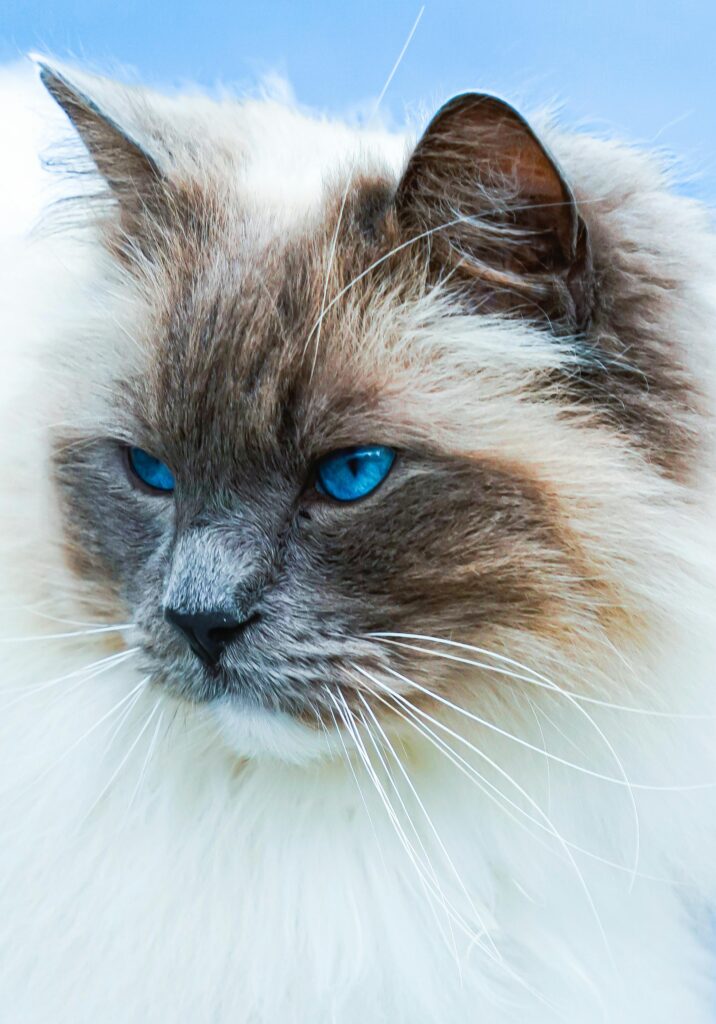
Introduction to Ragdoll Cats
Ragdoll cats are among the most beloved of the modern breeds. They are known for their gentle temperament, striking blue eyes, and large size. Many families choose a ragdoll because of the breed’s calm presence and the way it fits smoothly into household life. To understand ragdolls fully, it is helpful to look not only at their beauty but also at their origins, health, and care.
History and Origins of the Ragdoll Breed
The ragdoll breed began in California during the 1960s. Breeder Ann Baker worked with a domestic longhaired cat that carried forward traits of docility and a distinctive appearance. Over time, these cats became a recognized breed that spread quickly across the United States and Europe. Unlike centuries-old natural breeds, the ragdoll is recent, yet it has gained immense popularity for its predictable character and appearance.
Understanding the origins helps us see the ragdoll as a product of careful selection. They were not simply accidental cats that happened to be large and calm. They were shaped deliberately with a vision for a particular companion cat.
Ragdoll Cat Appearance
Ragdolls are striking cats. They are large, often weighing between 12 and 20 pounds, with males at the higher end. Their coats are semi-long and silky, requiring moderate upkeep compared to other longhaired cats.
Color patterns are central to the breed. Ragdolls are pointed cats, which means their face, ears, legs, and tail carry darker shades than their bodies. The most common colors are seal, blue, chocolate, and lilac. Patterns include color point, mitted, and bicolor. No matter the variation, the breed standard calls for blue eyes that stand out against the coat.
Ragdoll Cat Personality
Temperament is the reason most people fall in love with ragdolls. They are calm, affectionate, and often enjoy being handled more than many other cats. The name “ragdoll” comes from the way some cats go limp in the arms when held.
This does not mean they lack spirit. They are playful, curious, and form close attachments to their people. They tend to do well in families with children and other pets because they are rarely confrontational.
A ragdoll’s personality makes it different from more independent breeds. Owners should be prepared for a cat that follows them from room to room, seeks companionship, and is deeply tied to its household.
Best Toys for Ragdoll Cats
Because ragdolls are large, gentle, and people-oriented, they thrive on toys that encourage interaction and movement without being too rough. Here are five excellent options you can order online:
- PetFusion Ambush Interactive Electronic Cat Toy
A clever toy that hides a feather under six holes and pops it out at random. The unpredictable movement sparks hunting instinct and keeps even laid-back ragdolls engaged. - Catstages Flutter Dome Interactive Cat Toy
This dome spins a feather or plush around under a cover. Motion is erratic, which makes the game exciting for cats that like chasing. - Catstages Wiggle Worm Flopping Cat Toy
A battery-powered toy that wriggles and flops like prey. It offers two speeds and is small enough for a ragdoll to carry. - Shele Play Purrfect 4-in-1 Interactive Wand Cat Toy
A versatile set with a feather teaser, rolling balls, a laser, and a plush wand. It gives variety and suits different play moods. - Quirky Kitty Pizza Treat Puzzle Toy
A puzzle game that encourages cats to slide pieces to find hidden treats. It exercises both the mind and the paws, slowing down fast eaters and giving mental enrichment.
Ragdoll Kittens: What to Expect
Ragdoll kittens are born white, with color and pattern emerging in the first weeks. By three months the points and markings are clear, but full coat and color may take years to develop.
Kittens grow steadily and often remain playful and kitten-like for a long time. They reach maturity later than many other breeds, often not fully grown until four years of age. Early handling, gentle training, and exposure to household routines make them confident adults.
Prospective buyers should ask breeders about how kittens are raised. A ragdoll kitten raised underfoot, with daily human contact, will be more settled than one raised in isolation.
Want to reserve your own Ragdoll Kitten? Go here Step by Step Process for Reserving a Almonte Kitten
Ragdoll Cat Care and Grooming
The silky coat of a ragdoll cat does not mat as quickly as some longhaired breeds, but it still requires attention. Brushing once or twice a week is usually enough to prevent tangles and reduce shedding. During seasonal coat changes, more frequent grooming may be needed.
Beyond grooming, ragdolls thrive with routine care. Nail trimming, dental attention, and regular play all contribute to health and well-being. They do not demand constant exercise, but interactive playtime strengthens the bond between cat and owner.
Ragdoll Cat Health Considerations
Like all breeds, ragdolls carry certain health concerns. Hypertrophic cardiomyopathy, a heart condition, is the most significant. Responsible breeders screen their cats for this disease to reduce risk in the offspring.
Other concerns include urinary tract health and obesity. Because ragdolls are large and laid-back, it is easy for them to gain weight. A measured diet and regular activity help prevent this.
Choosing a breeder who prioritizes health testing is the best safeguard against inherited problems.
Feeding and Nutrition for Ragdolls
Nutrition is central to supporting the size and coat of the ragdoll. A high-quality diet, whether raw, canned, or premium dry food, should focus on protein as the main ingredient. Avoid foods heavy in fillers or artificial additives.
Feeding should be portioned to prevent excess weight gain. Some ragdolls free-feed without issue, but many benefit from measured meals twice daily. Fresh water is very important to keep your cat healthy.
What to Feed My Ragdoll Cat
Feeding a ragdoll cat well begins with choosing a diet that supports its size and coat. Protein should be central, whether from a premium canned food, a balanced raw diet, or carefully chosen dry kibble. Look for meat as the first ingredient and avoid formulas heavy in fillers.
Portion control is important. Because ragdolls are calm by nature, they can gain weight if meals are not measured. Dividing food into two or three small servings each day helps prevent overeating and supports healthy digestion. Fresh water should always be available, and some cats drink more readily from a fountain.
Comparing Ragdolls with Other Breeds
Many families compare ragdolls to other popular breeds before making a choice.
- Ragdoll vs Maine Coon: Both are large cats with friendly personalities. Maine Coons tend to be more active and have bushier coats. Ragdolls are calmer and easier to groom.
- Ragdoll vs Persian: Persians are famous for their long coats and flat faces, which require daily care. Ragdolls have easier coats and a more moderate build.
- Ragdoll vs Siamese: Siamese cats are vocal and energetic. Ragdolls are quieter and more laid-back.
Finding Responsible Ragdoll Breeders
The best start for a ragdoll cat comes from a breeder committed to health and temperament. Look for breeders who:
- Screen for genetic health conditions
- Place kittens on a spay/neuter contract
- Raise kittens in the home with daily interaction
- Provide registration and health records
- Are transparent about both strengths and limitations of the breed
Avoid breeders who cannot show health testing results or who prioritize quantity over health and temperament.
Ragdoll Cat Price and Lifetime Costs
The cost of a ragdoll kitten varies widely, usually ranging from $2,500 to $7,500 depending on quality and breeder reputation. Show quality cats may cost more.
Beyond the purchase price, owners should plan for veterinary care, food, grooming tools, and enrichment. A ragdoll’s lifetime cost often exceeds ten thousand dollars. This investment reflects the long lifespan and needs of the breed.
Life With a Ragdoll Cat
Living with a ragdoll is a rewarding experience. They provide steady companionship, adapt well to households, and form strong bonds with people. Their calm nature makes them suitable for families with children and other pets.
They are indoor cats by preference and safety. While some may enjoy a secure outdoor enclosure, ragdolls are not well suited to roaming unsupervised.
Ragdoll Kitten Care
Ragdoll kittens require steady and gentle handling to become the calm adults the breed is known for. Early care should focus on creating routines. Provide a quiet area for the kitten to adjust when first arriving home, then gradually expand access as confidence grows.
Nutrition is central at this stage. Kittens benefit from high-protein food designed for growth. Regular feeding times help build predictability. Litter training usually comes naturally, but clean litter boxes in quiet areas make success easier.
Play is both enrichment and training. Soft toys, climbing posts, and interactive games help kittens develop coordination and trust. Avoid rough play with hands so the kitten learns appropriate limits.
Veterinary visits for vaccinations and parasite prevention round out proper care. With these foundations, ragdoll kittens grow into the steady companions that make the breed so admired.
Ragdoll Cats Near Me
When searching locally, many people begin with breeders or rescue organizations. The goal is not only proximity but also quality. A local breeder may allow visits to see how kittens are raised, which gives insight into both health and temperament.
Regional cat shows and breed clubs are valuable resources for meeting breeders in person. Some families also find ragdolls through adoption networks. While the breed is not common in shelters, retired breeders or rehomed adults do occasionally appear.
It is wise to travel for the right cat rather than accept a poor situation nearby. A ragdoll cat is a long-term companion, and starting with a healthy, well-raised individual matters more than distance.
Are Ragdoll Cats Hypoallergenic
Many prospective owners ask whether ragdoll cats are hypoallergenic. The answer is that no cat is truly free of allergens. Ragdolls produce the same proteins that cause reactions in sensitive people.
Some families report fewer issues with ragdolls compared to other breeds because their coats shed less undercoat, but this varies greatly by individual and household. Grooming, frequent vacuuming, and air filtration help reduce allergens.
Anyone with known allergies should spend time with ragdolls before committing to ownership. Breeders may allow visits for this purpose. Thoughtful preparation ensures the relationship begins with clear expectations.
Frequently Asked Questions About Ragdoll Cats
Are Ragdoll cats good with children and other pets?
Yes. Ragdolls are known for their gentle, social nature and usually fit well in households with calm children and friendly pets.
How often should I groom a Ragdoll cat?
A weekly brushing is often enough to keep the coat free of tangles. During seasonal shedding, increase grooming to two or three times per week.
What health issues are most common in Ragdoll cats?
Hypertrophic cardiomyopathy (a heart condition) is the most important health concern. Responsible breeders test for this. Owners should also monitor weight and urinary health.
When do Ragdoll kittens reach full maturity?
Ragdolls grow more slowly than most cats. They often do not reach full size and coat development until about four years of age.
How much do Ragdoll kittens cost?
In the United States, ragdoll kittens usually range from $1,500 to $3,500 depending on breeder reputation and quality. Show cats may cost more.
Conclusion
Ragdolls represent a modern breed shaped for companionship. Their size, beauty, and personality make them a choice unlike any other. For those willing to invest in proper care, they offer years of loyalty and presence.
Choosing a ragdoll is more than acquiring a pet. It is a commitment to preserving a breed created with intention and to living with a cat that reflects the harmony of thoughtful breeding and gentle spirit.
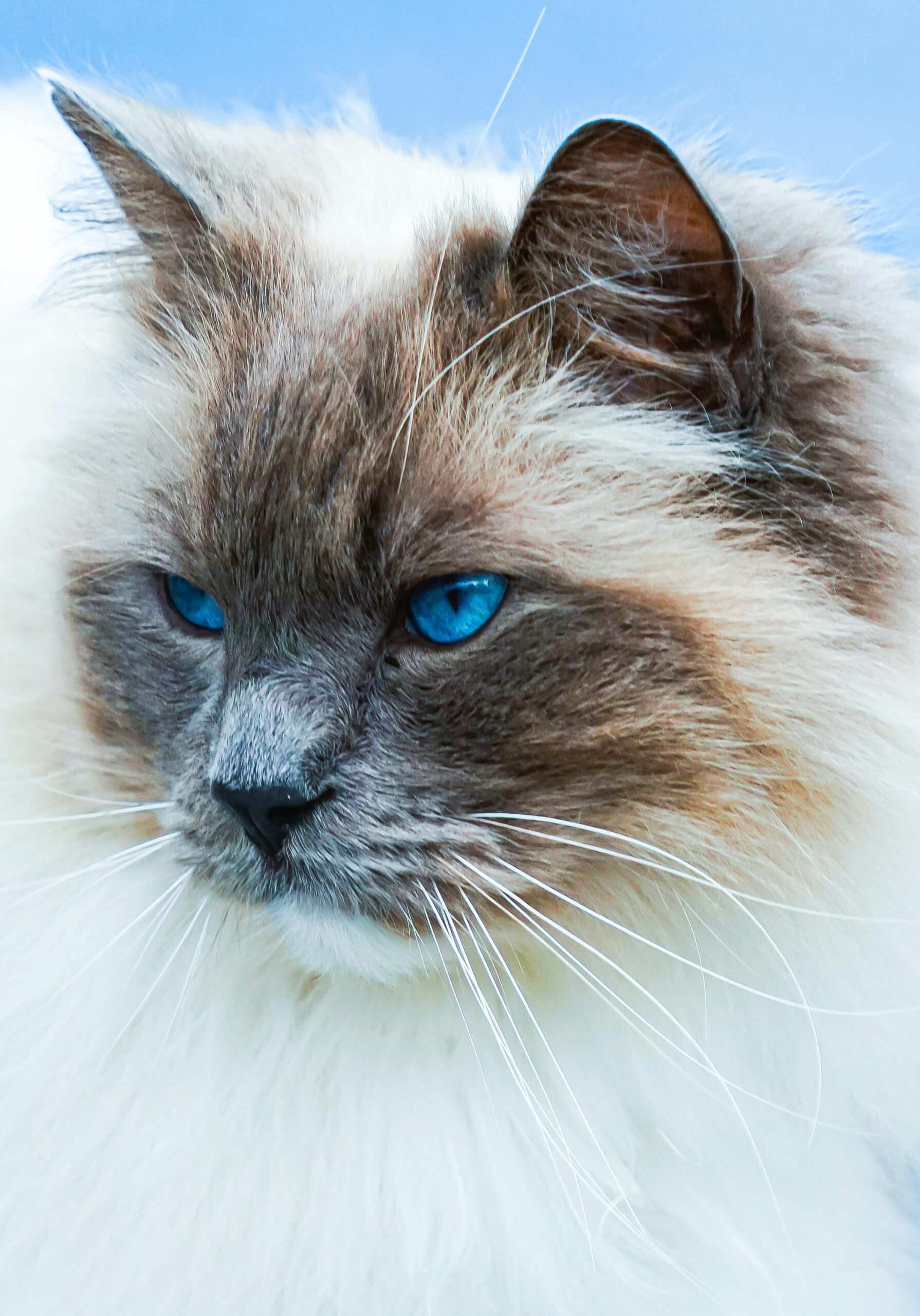
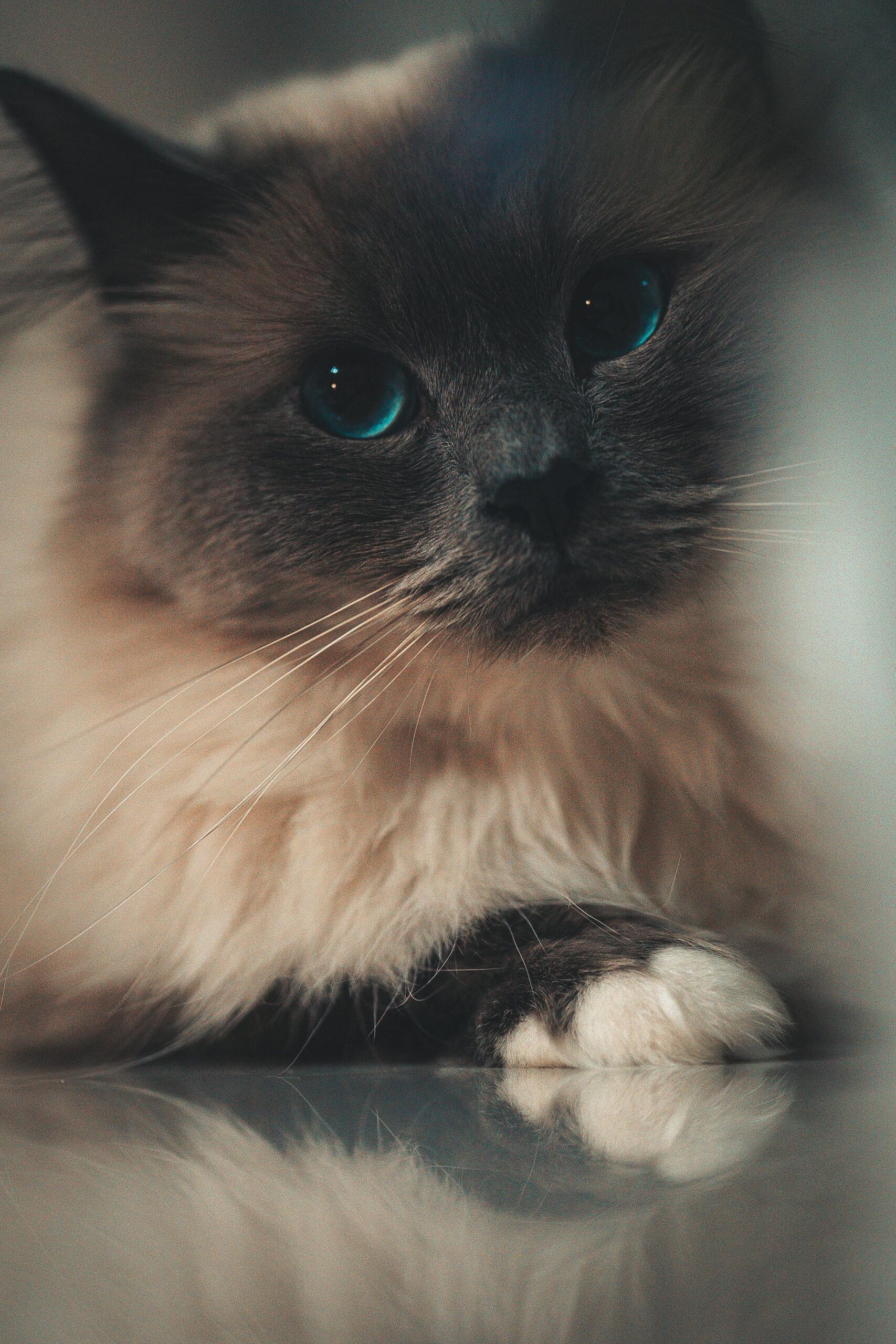
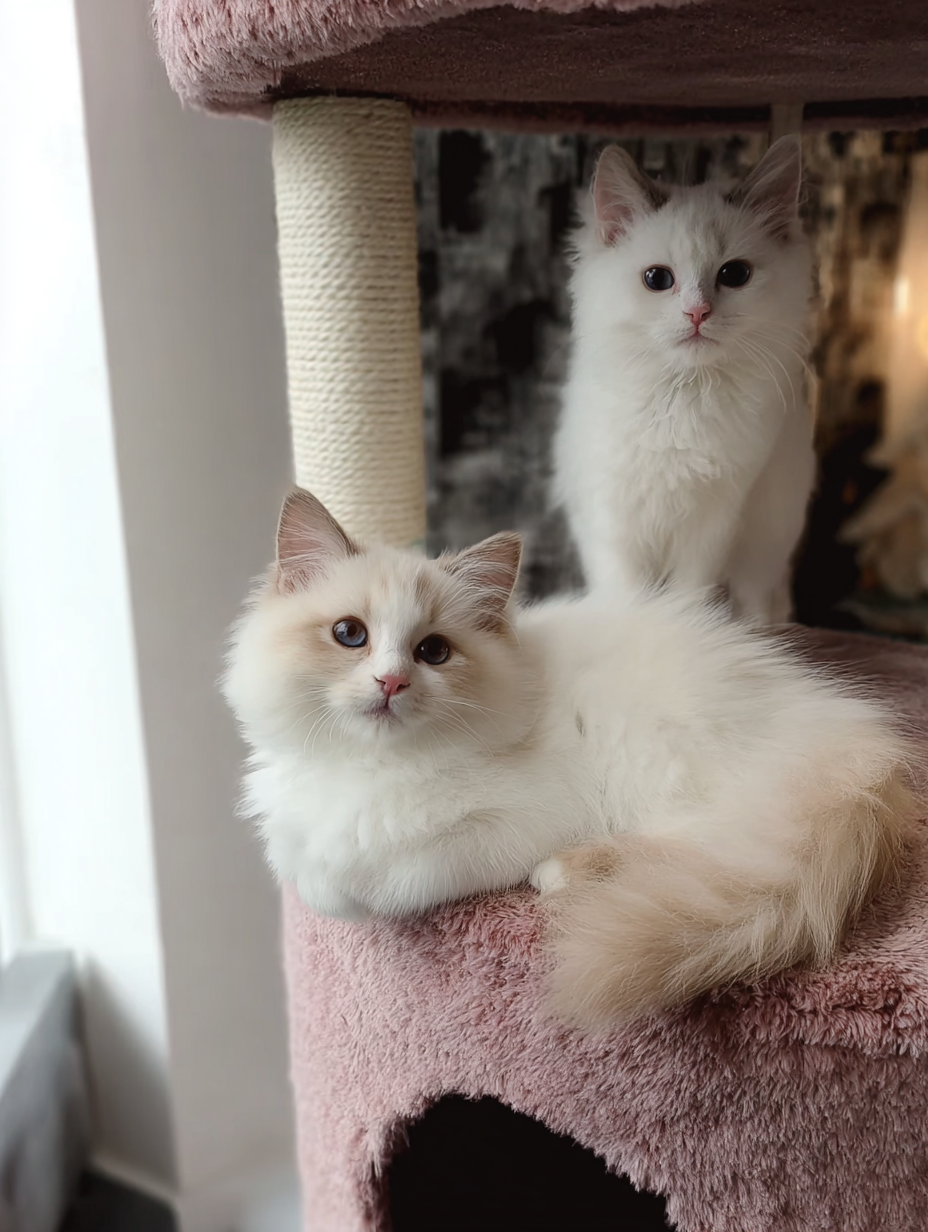
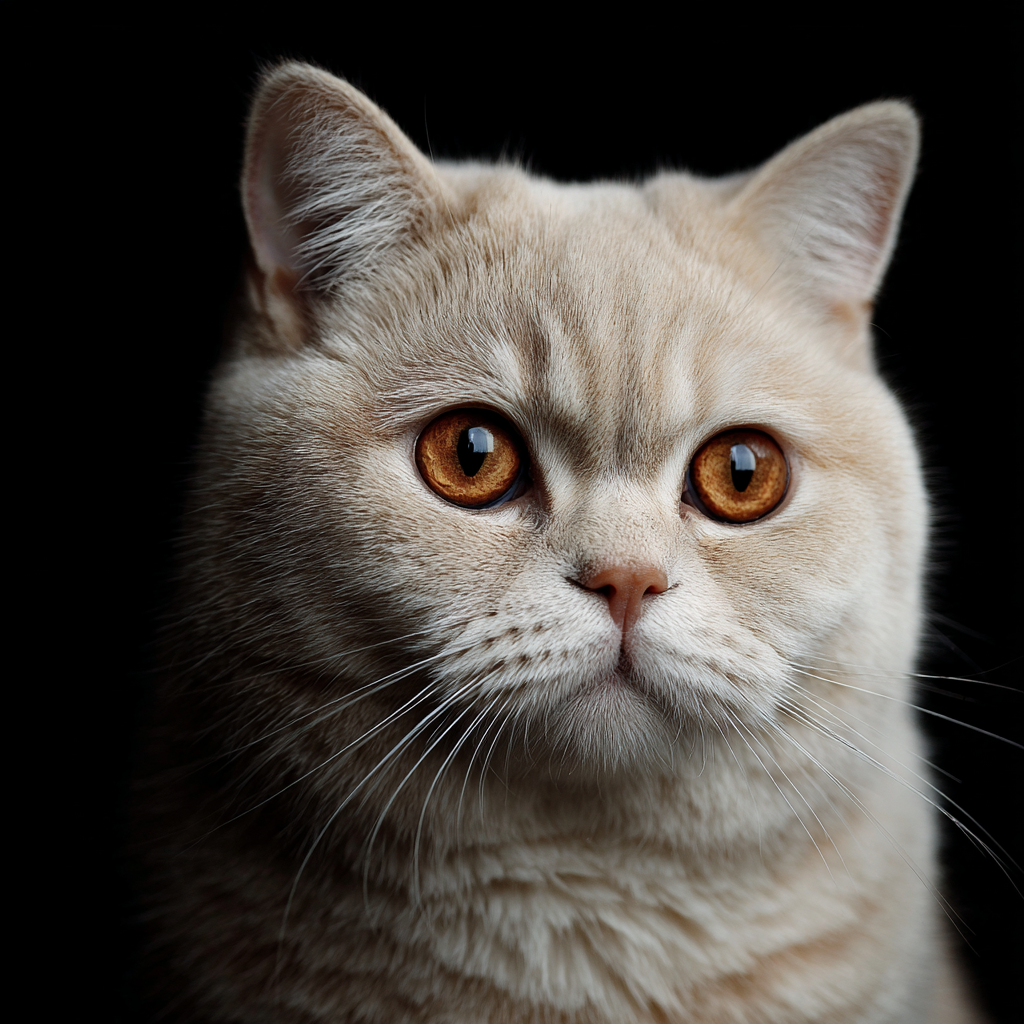
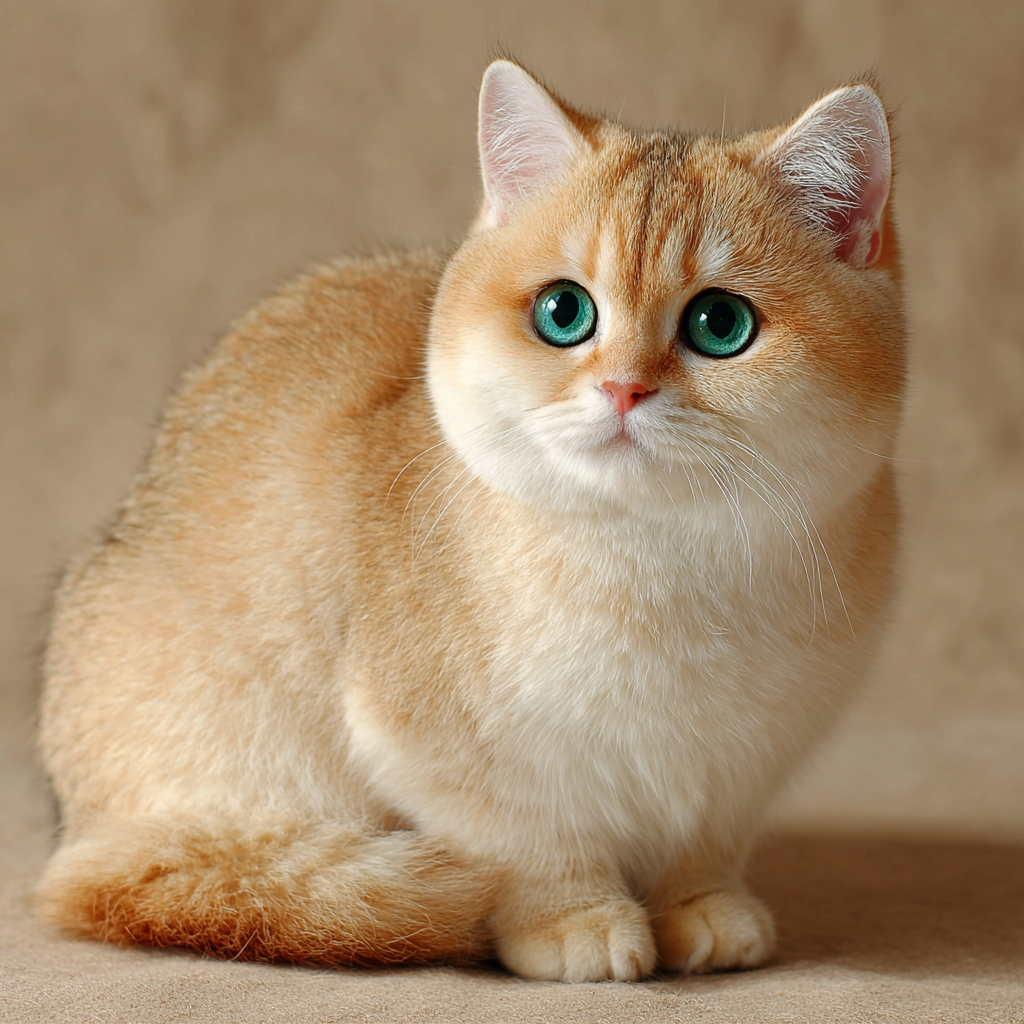
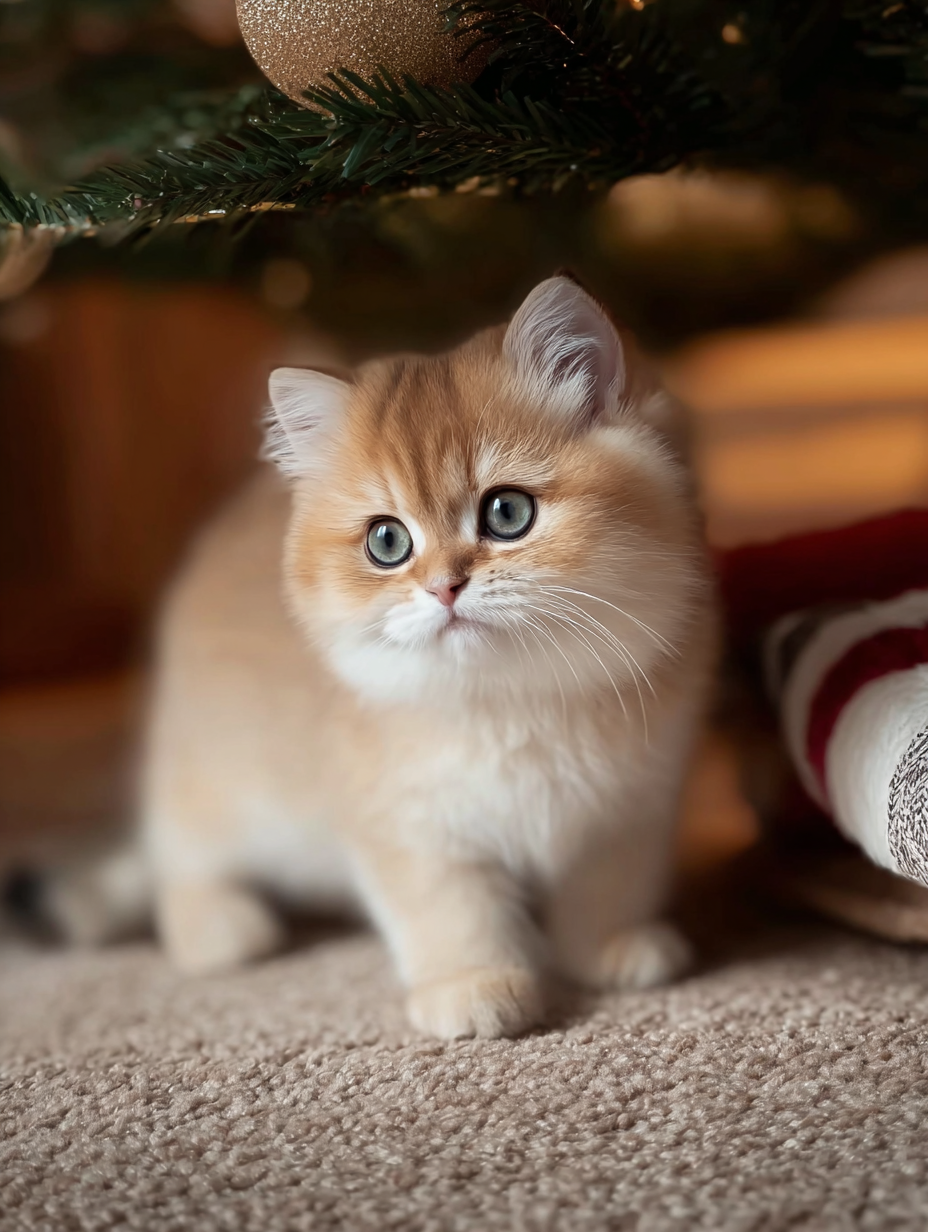
Read the Comments +